The Semiconductor Legend Jim Keller: The End of the Nvidia Era and the Rise of RISC-V 🔮
- Get link
- X
- Other Apps
Chapter1. Who is Jim Keller? 👨💻
Jim Keller is a legendary figure in the semiconductor industry, known for his groundbreaking work at companies like Apple, AMD, and Tesla. With over 40 years of experience in computer chip design, Keller has been a driving force behind some of the most innovative technologies in the tech world.
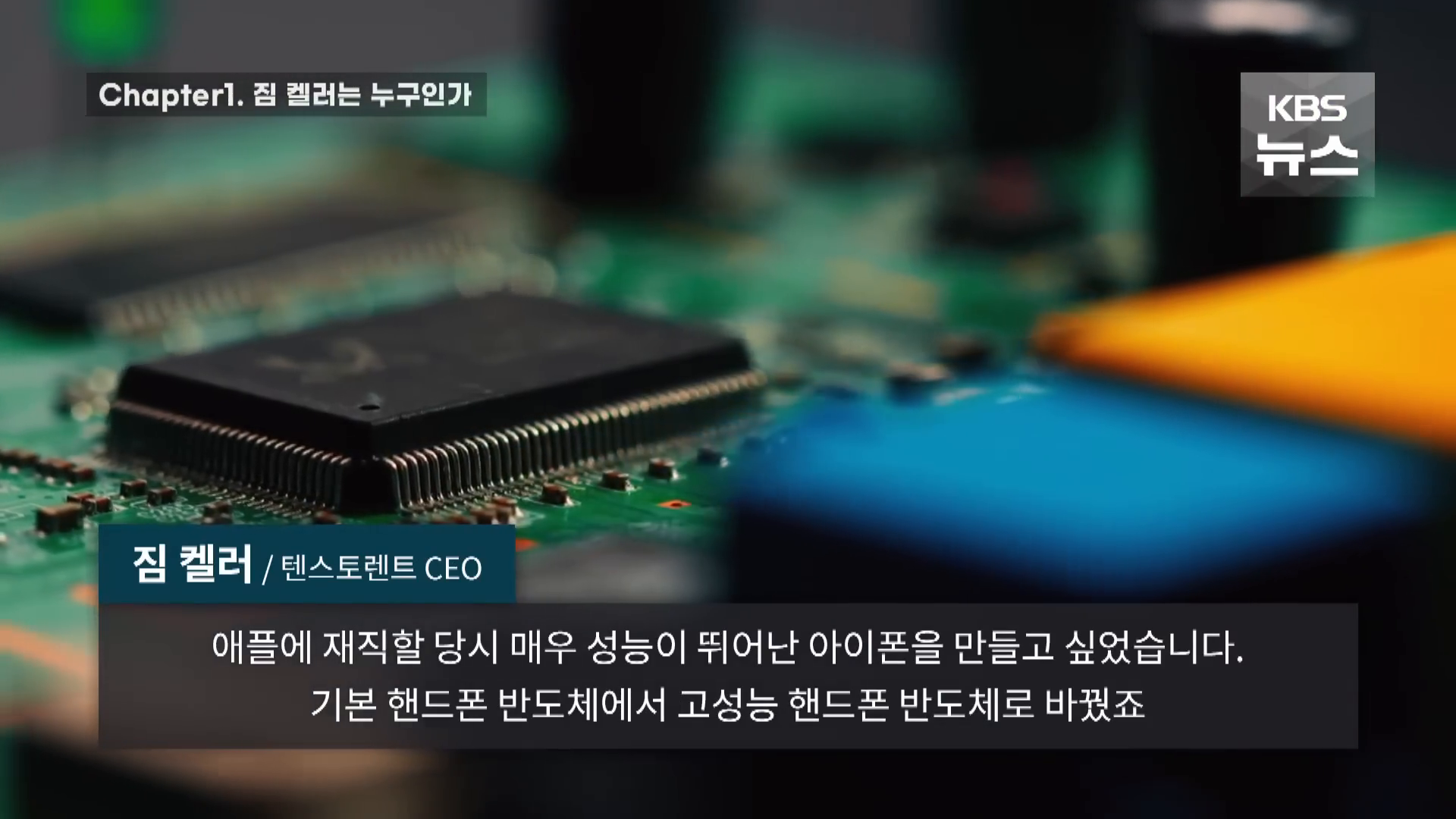
At Apple, Keller played a pivotal role in the development of the iPhone's high-performance chips, transforming the company's mobile offerings. When he joined AMD, he was tasked with reviving the company's fortunes, and his work on the Zen architecture helped AMD regain its footing in the CPU market. Most recently, Keller led the team that designed Tesla's autonomous driving chip, which is considered the world's best in its class.
Chapter2. The Inevitable Demise of the Nvidia Era 💸
Keller's insights into the semiconductor industry are particularly insightful. He believes that the current dominance of Nvidia in the AI chip market is not a permanent state of affairs. Nvidia's GPUs, while powerful, were originally designed for gaming, and Keller believes that they are not the best-suited architecture for running AI software.
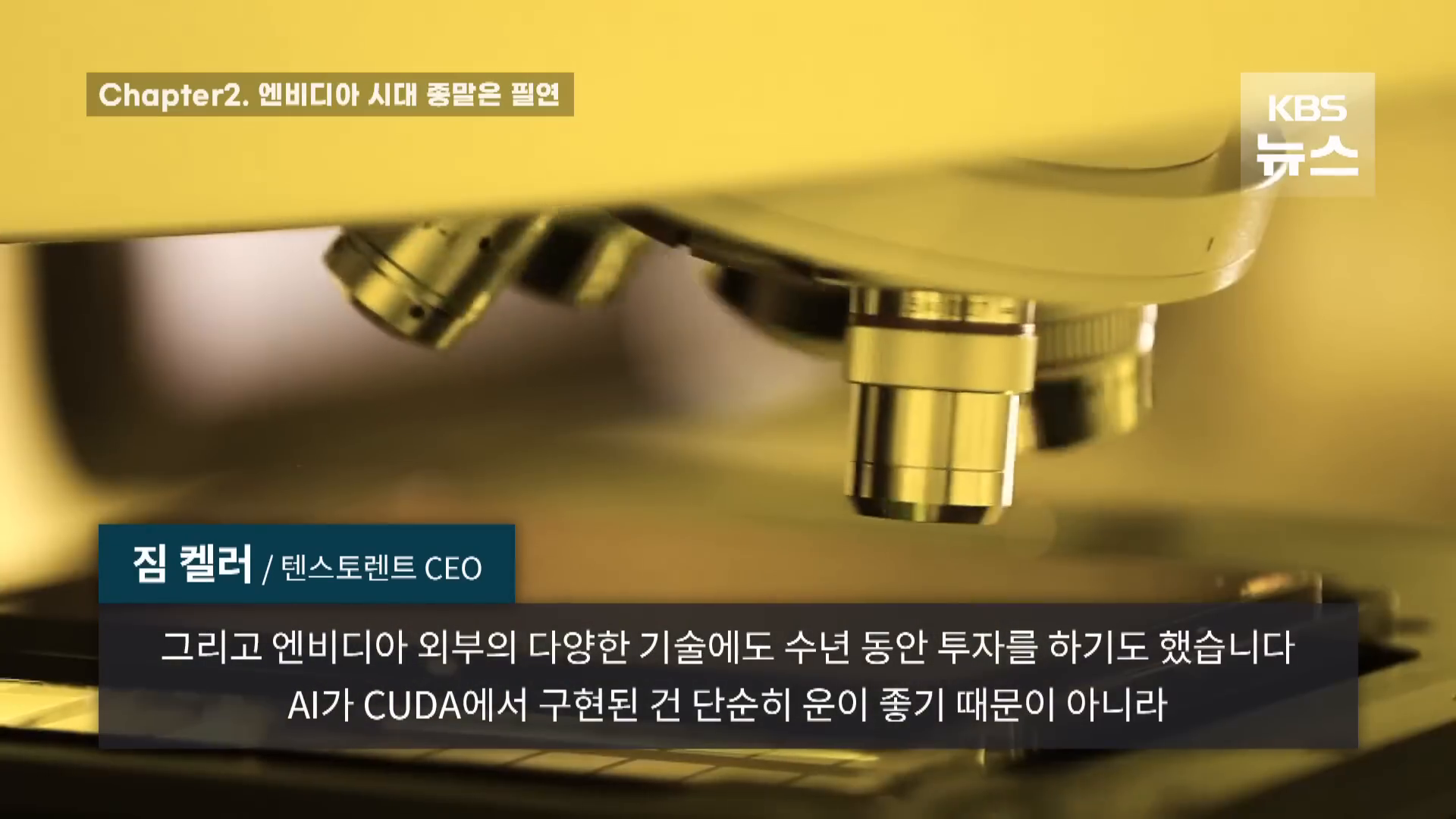
According to Keller, many companies are now investing heavily in developing their own AI chips, recognizing the limitations of Nvidia's GPU-centric approach. He believes that the future of AI will require a new breed of processors designed specifically for tensor processing, which will eventually challenge Nvidia's market position.
Chapter3. Keller's Solutions: AI Democratization and the Rise of RISC-V 🔓
Keller's vision for the future of the semiconductor industry involves two key elements: democratizing AI and embracing the RISC-V architecture.

Keller believes that the current AI landscape is dominated by a few large players, making it difficult for smaller companies and startups to access the technology. He wants to see a more open and accessible AI ecosystem, where a wider range of organizations can build their own AI products and solutions.
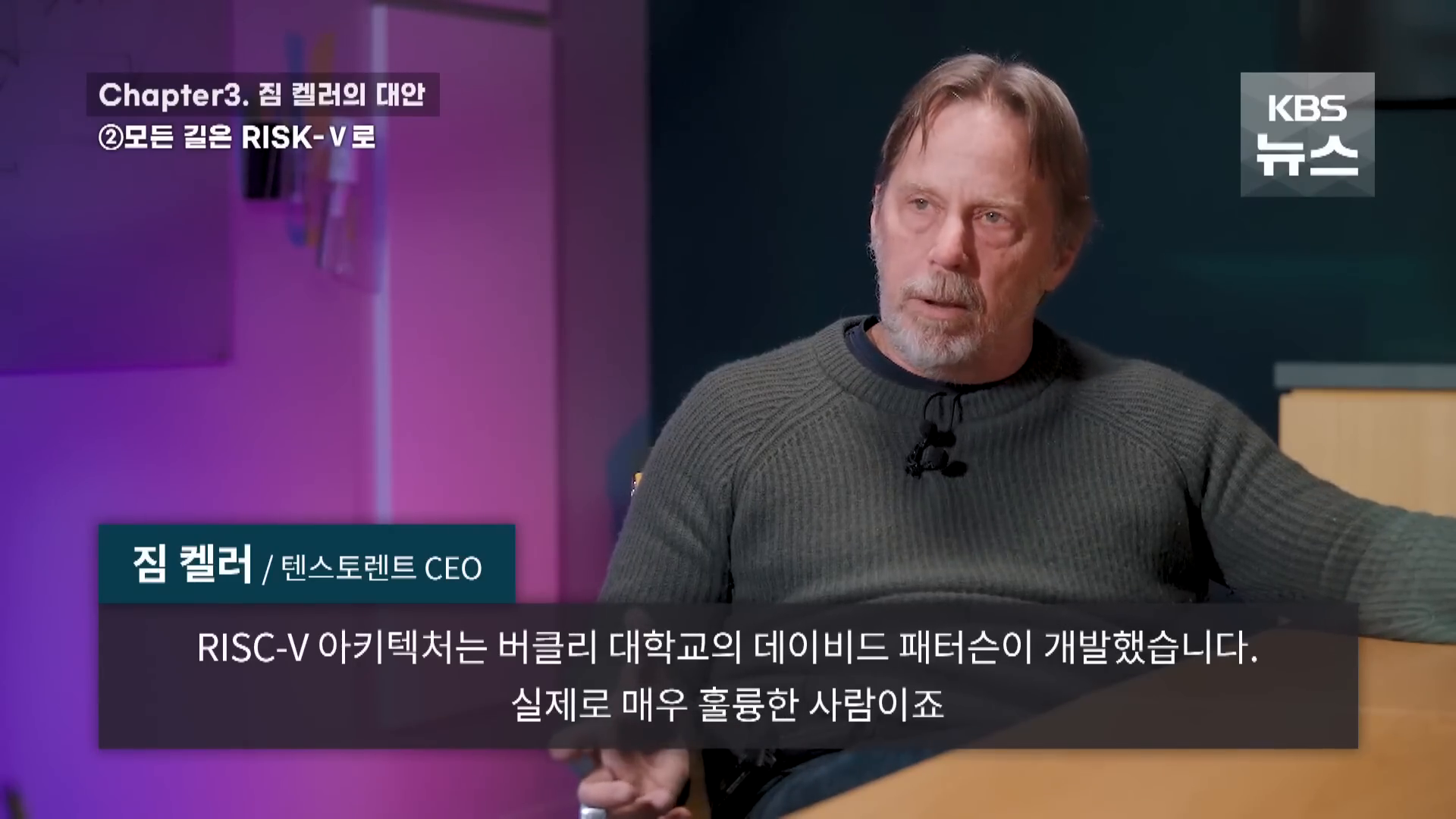
To achieve this, Keller is a strong advocate for the RISC-V architecture, an open-source instruction set that allows companies to design their own custom processors. Unlike proprietary architectures like Intel or ARM, RISC-V gives designers the freedom to modify and adapt the architecture to their specific needs, enabling more innovation and creativity in the semiconductor industry.
Chapter4. The Resilience of Samsung 💪
Despite the challenges facing the semiconductor industry, Keller remains optimistic about the future of Samsung. He has had positive experiences working with the company in the past, collaborating on projects at Apple, Tesla, and Intel.
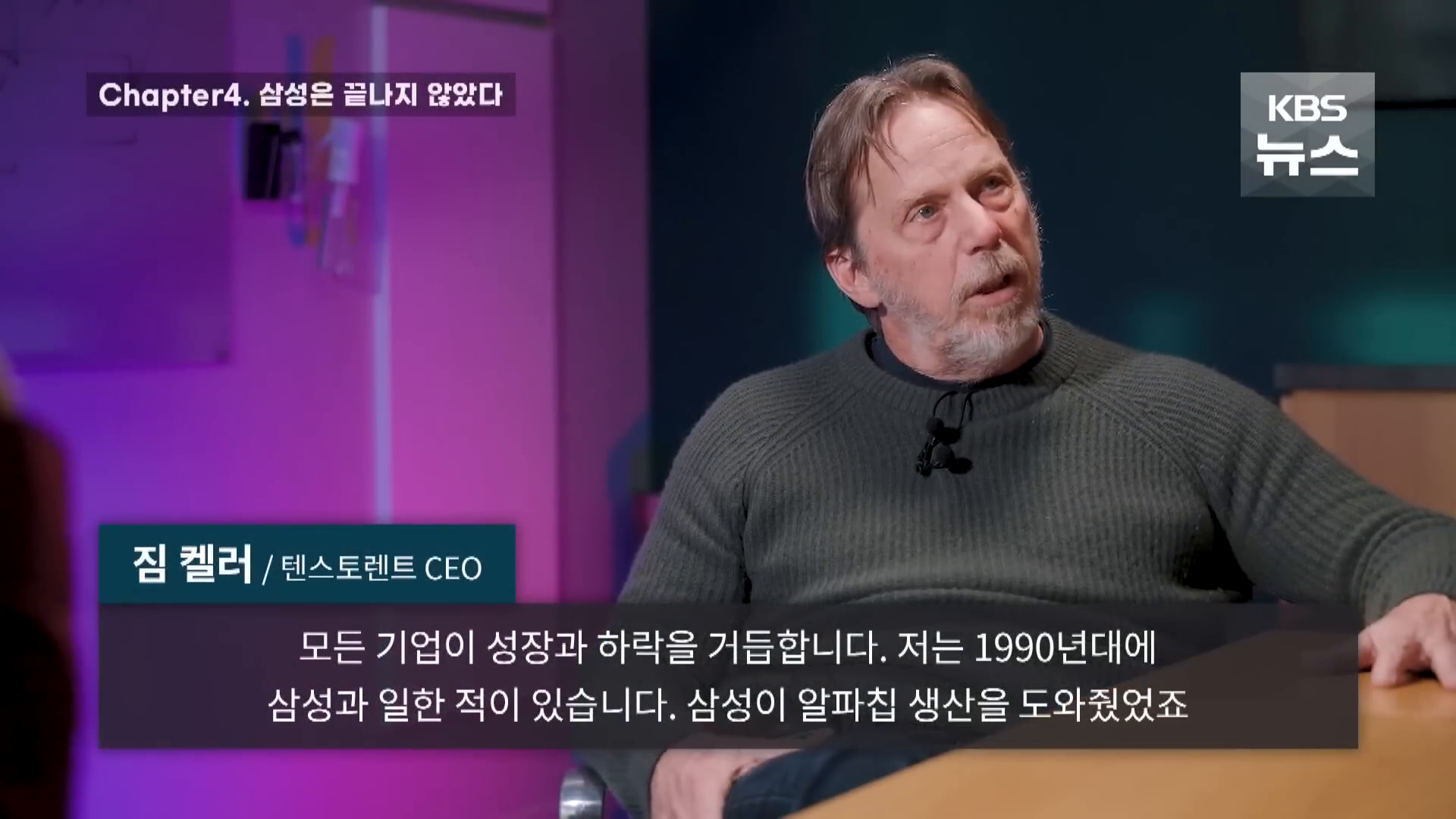
Keller acknowledges that Samsung has faced some setbacks, such as the recent losses in its semiconductor division and the decline of its smartphone business. However, he believes that the company still has a lot of strengths, including its expertise in areas like display technology and camera sensors.
Keller is currently in discussions with Samsung about potential future collaborations, indicating that he sees the company as a valuable partner in the semiconductor space.
Chapter5. The Rise of China 🇨🍳
Keller is also closely watching the developments in the Chinese semiconductor industry. He notes that Chinese companies have been investing heavily in semiconductor production equipment and making significant progress in areas like AI chips.
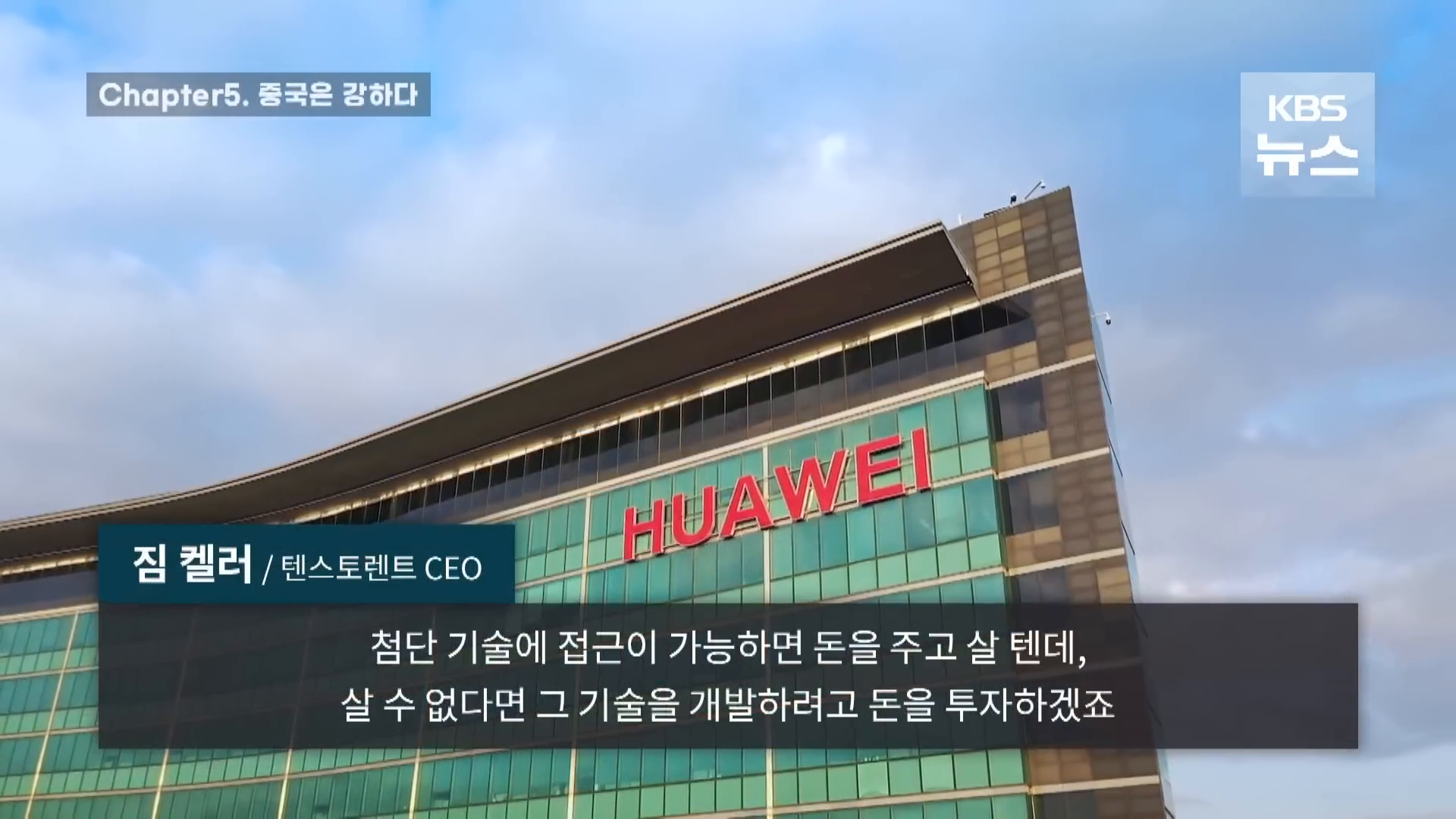
While Keller is not a political analyst, he recognizes that the restrictions placed on Chinese companies by the US government have been a driving force behind this investment. As a result, Chinese firms are now challenging the dominance of established players like Nvidia and Intel in certain segments of the market.
Chapter6. Overcoming Physical Limitations 🧠
One of the key topics Keller discusses is the idea of "cascading diminishing return curves" in semiconductor technology. He explains that while Moore's Law, which predicted a doubling of transistor density every 18 months, has slowed down, there are still breakthroughs happening that can push the boundaries of what's possible.
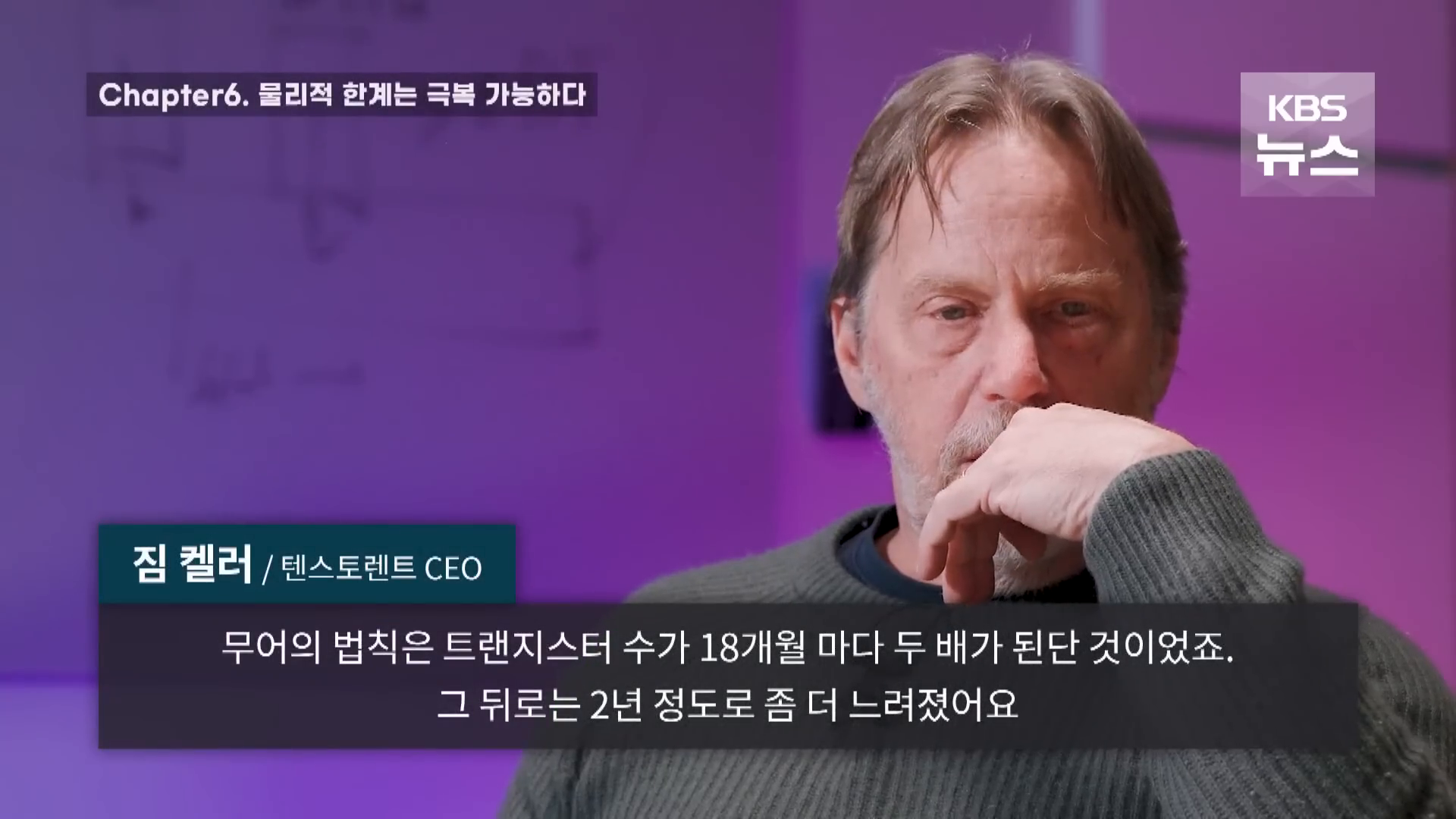
Keller points to the human brain as an example of an incredibly efficient computing system, with a performance-per-watt ratio that is orders of magnitude better than the best GPUs available today. He believes that while there are physical limitations to semiconductor technology, the potential for innovation and new breakthroughs is far from exhausted.
Chapter7. The Dream: Becoming the Best Chip Designer 💭
When asked about the path to becoming a successful chip designer, Keller emphasizes the importance of a strong foundation in mathematics, physics, programming, and engineering. He also encourages aspiring designers to spend time being creative, whether it's reading books, watching movies, or engaging in other hobbies.
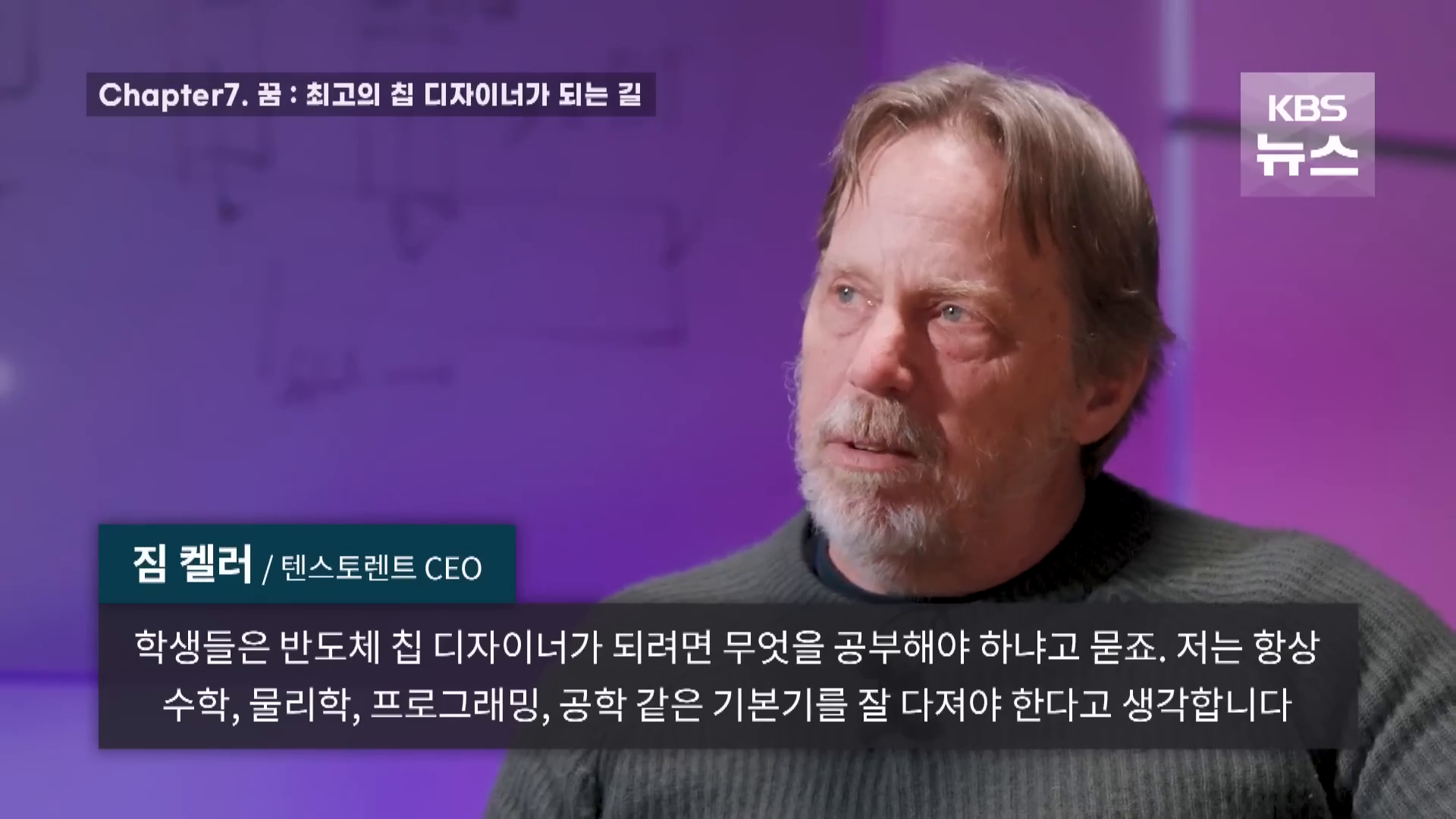
Keller believes that the ability to think outside the box and adapt to changing technologies is crucial in the semiconductor industry. He advises against focusing too much on the latest tools and techniques, as they are likely to change rapidly. Instead, he encourages developing a broad and flexible mindset that can thrive in an ever-evolving landscape.
By sharing his insights and experiences, Keller provides a glimpse into the world of semiconductor design and the exciting possibilities that lie ahead. As the industry navigates the end of the Nvidia era and the rise of new architectures like RISC-V, Keller's vision and expertise will undoubtedly continue to shape the future of computing.
삼성, 잃어버린 10년 [풀영상] | 창 458회 (KBS 24.03.12) KBS 뉴스 KBS 뉴스 제보Made with VideoToBlog
- Get link
- X
- Other Apps
Comments
Post a Comment